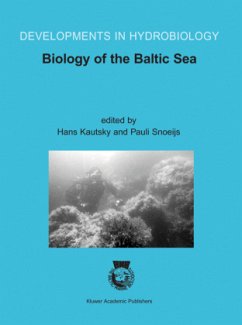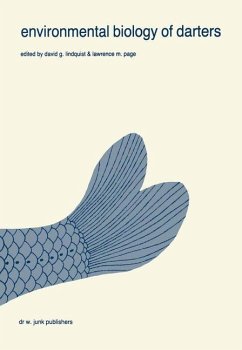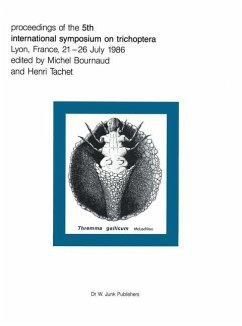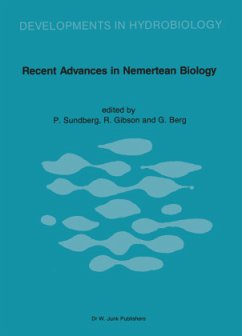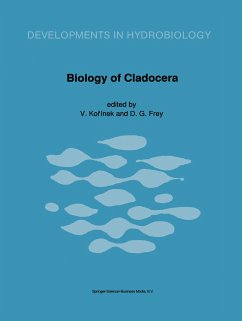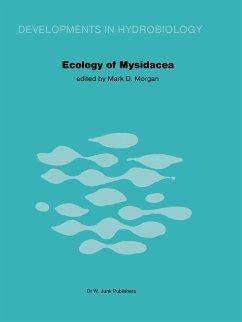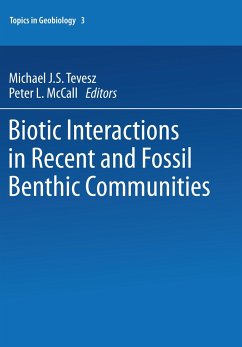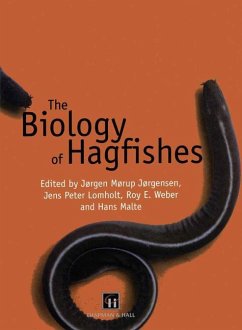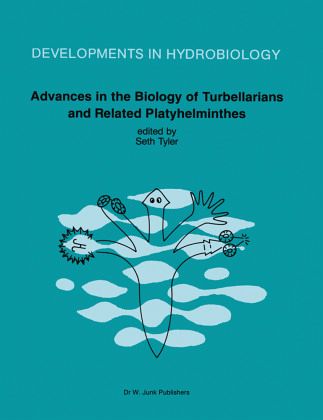
Advances in the Biology of Turbellarians and Related Platyhelminthes
Proceedings of the Fourth International Symposium on the Turbellaria held at Fredericton, New Brunswick, Canada, August 5-10, 1984
Herausgegeben: Tyler, Seth
Versandkostenfrei!
Versandfertig in 1-2 Wochen
153,99 €
inkl. MwSt.

PAYBACK Punkte
77 °P sammeln!
While the reality of the taxon Turbellaria has been called into question lately, turbellarians are nevertheless the subject of active research by a sizable group of biologists. Turbellarians are relatives of the major groups of parasitic platyhelminthes - monogeneans, digeneans, and tapeworms - and most are free-living. Because the ancestors to the major parasitic groups would be classified as turbellarians, strict application of princi ples of phylogenetic systematics dictates that the Turbellaria is not properly considered a separate taxon; i. e. , it is, in the parlance of systematics, a pa...
While the reality of the taxon Turbellaria has been called into question lately, turbellarians are nevertheless the subject of active research by a sizable group of biologists. Turbellarians are relatives of the major groups of parasitic platyhelminthes - monogeneans, digeneans, and tapeworms - and most are free-living. Because the ancestors to the major parasitic groups would be classified as turbellarians, strict application of princi ples of phylogenetic systematics dictates that the Turbellaria is not properly considered a separate taxon; i. e. , it is, in the parlance of systematics, a paraphyletic group. The relationships of turbellarians to other inver tebrates are even more problematic than their relationships to other platyhelminthes; their relatively simple morphology has been variously interpreted as quintessentially primitive - meaning a turbellarian-like ances tor would have given rise to most of the major groups of invertebrates - or as secondary simplification, meaning they would essentially be a dead-end group. Modern research on turbellarians covers a broad spectrum. Questions of phylogenetics have inspired ultrastructural studies; the simply structured nervous systems of turbellarians make them good subjects for neurophysiology; simplicity of their tissue structure and the limited number of cell types make them good subjects of embryological and regeneration studies; they are emerging as iIIJ. portant indicator species in ecolo gy; and improvements in biochemical methodology have meant they are at last amenable - despite their small size - to molecular biological study.




